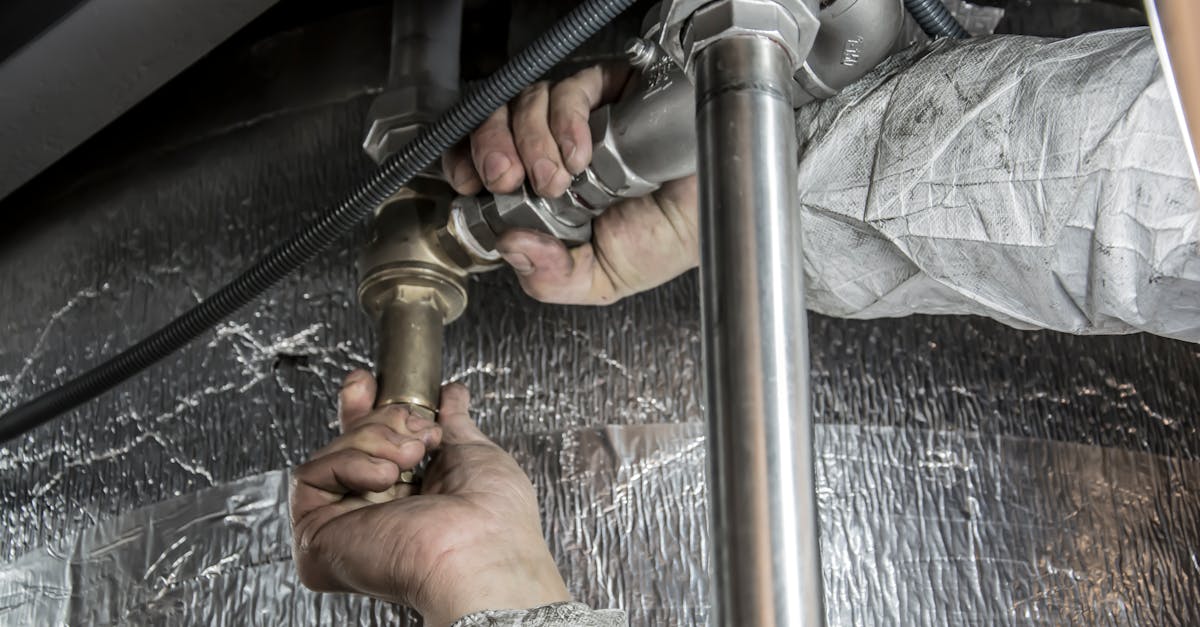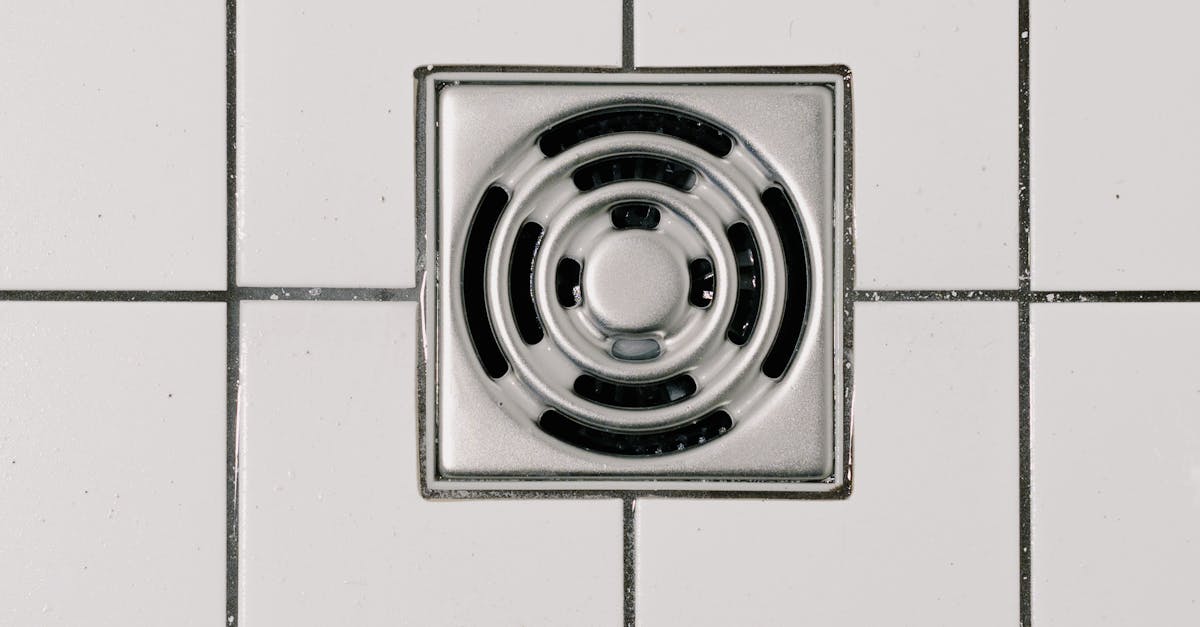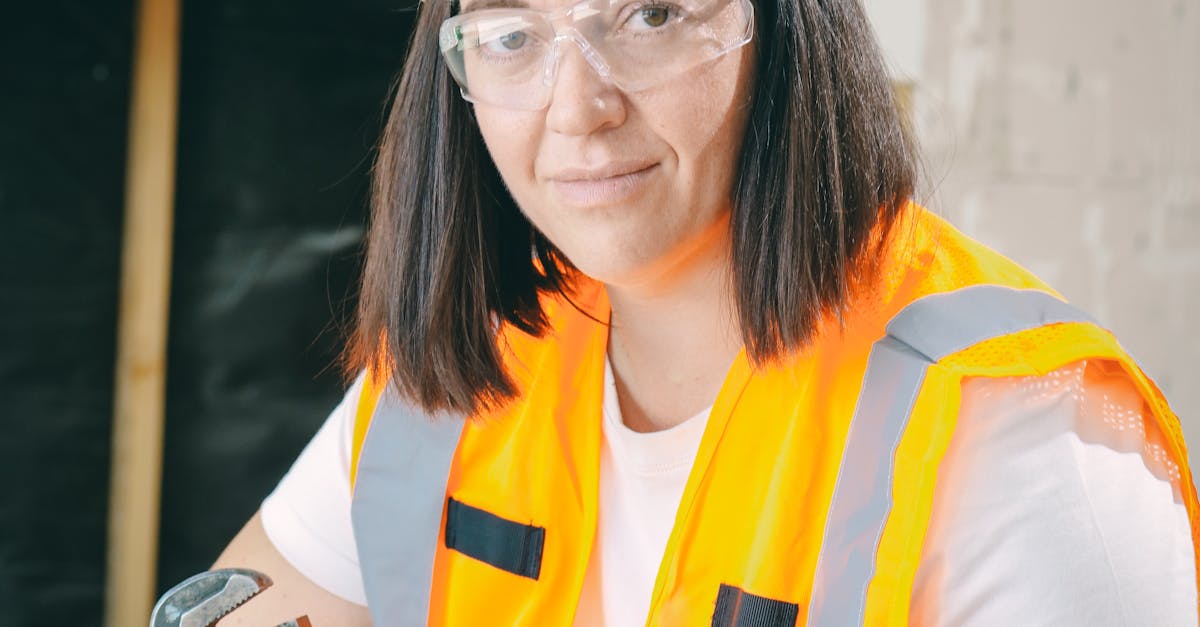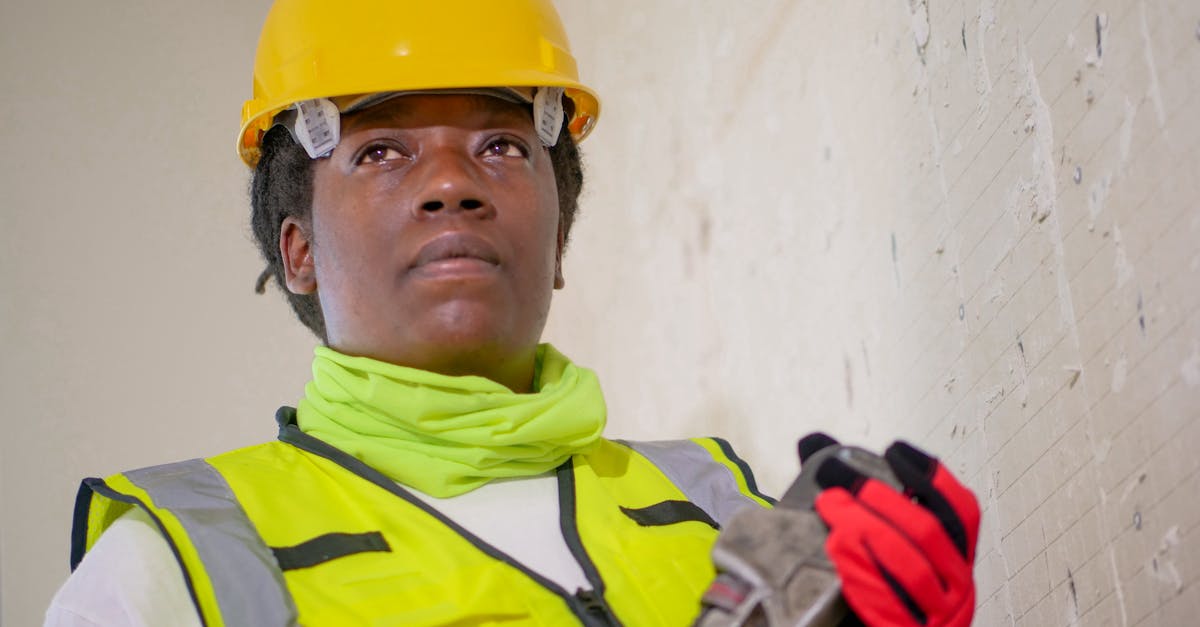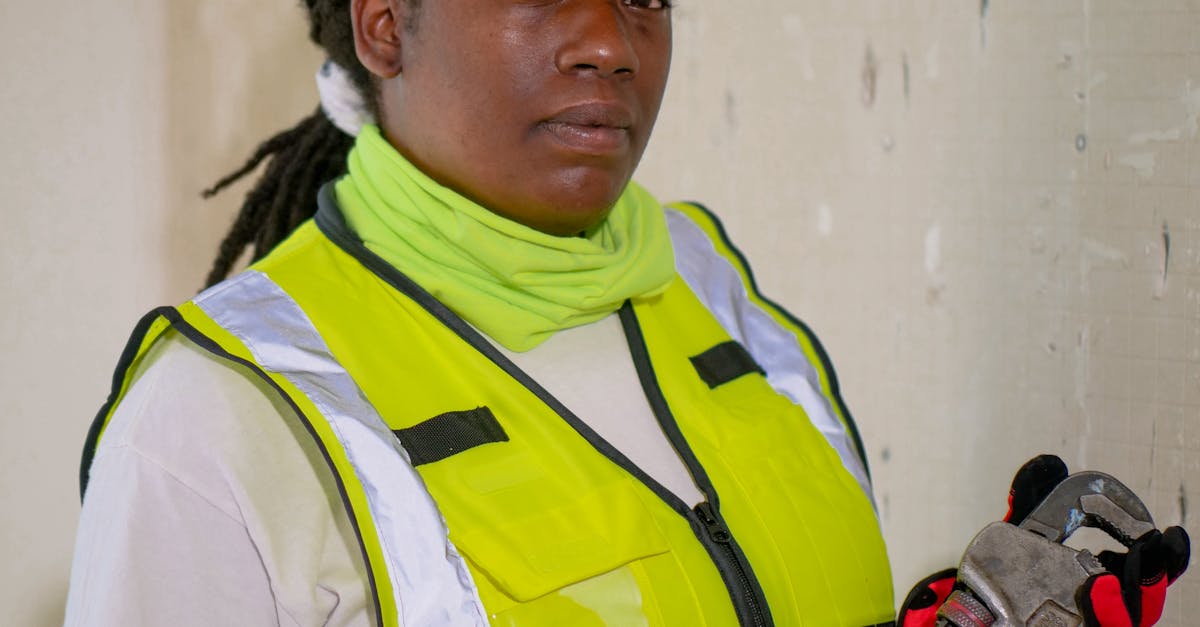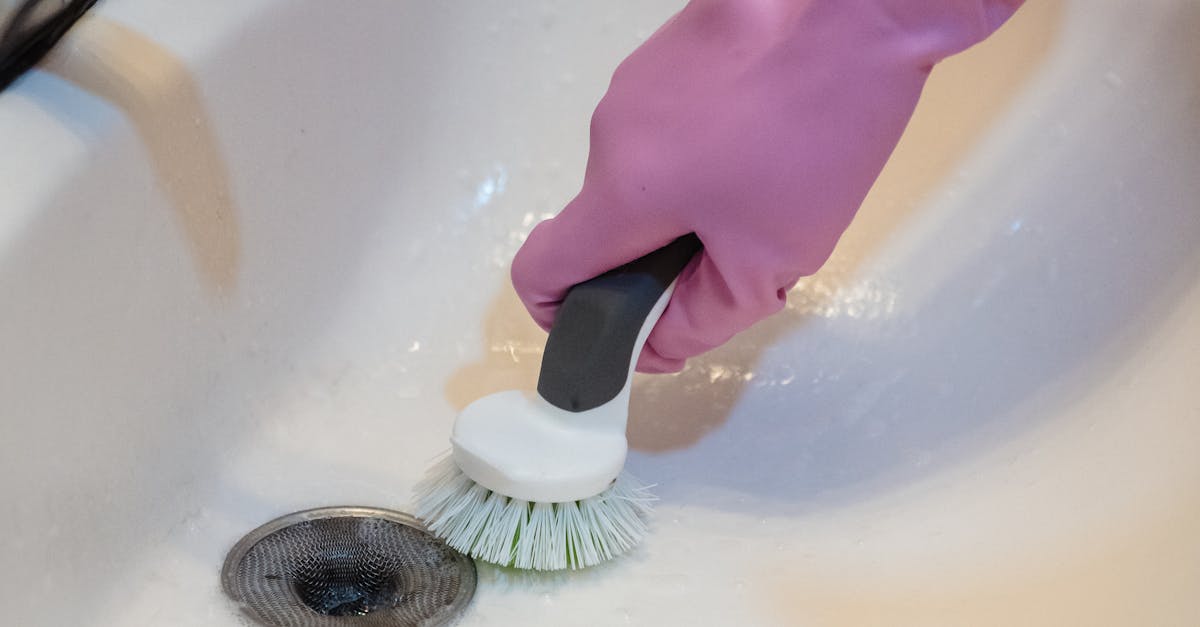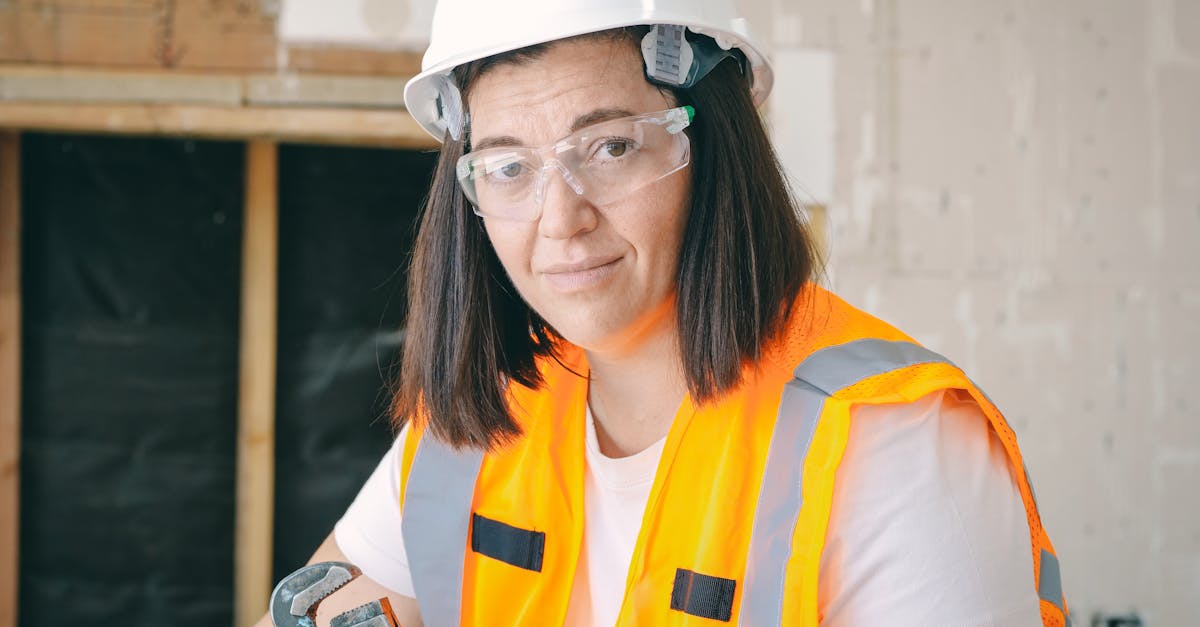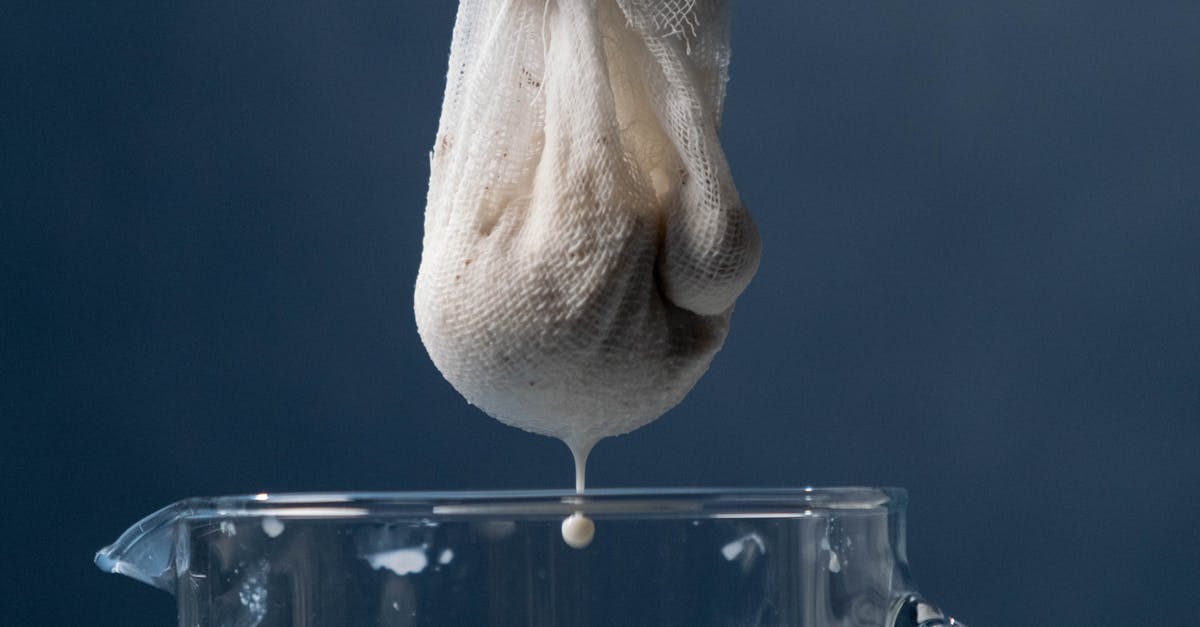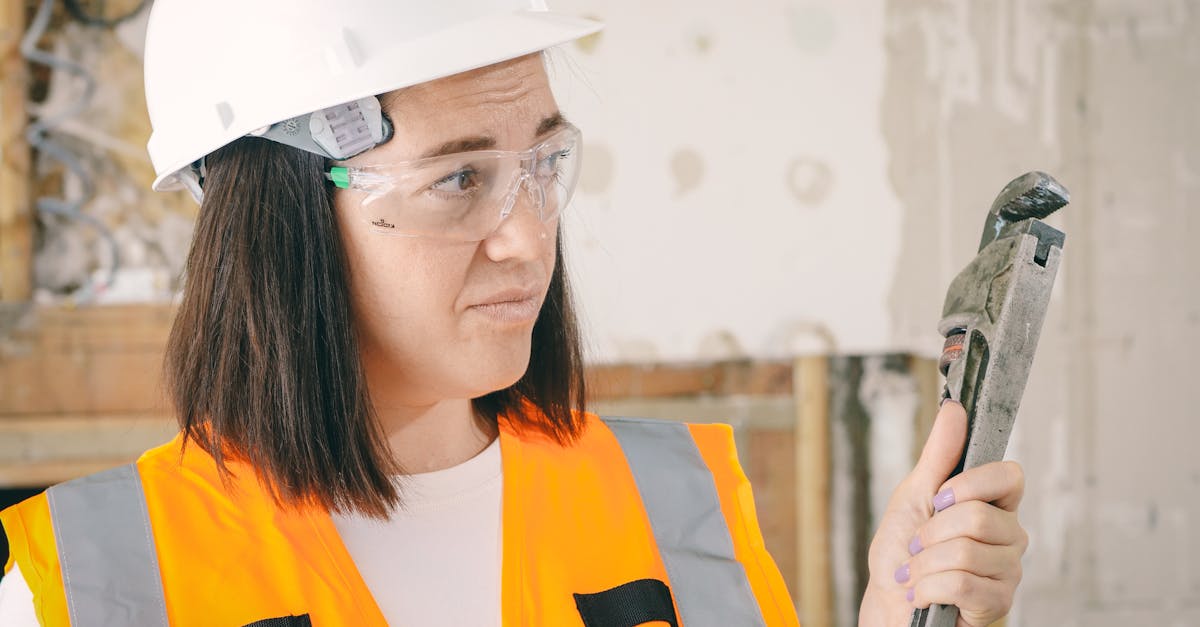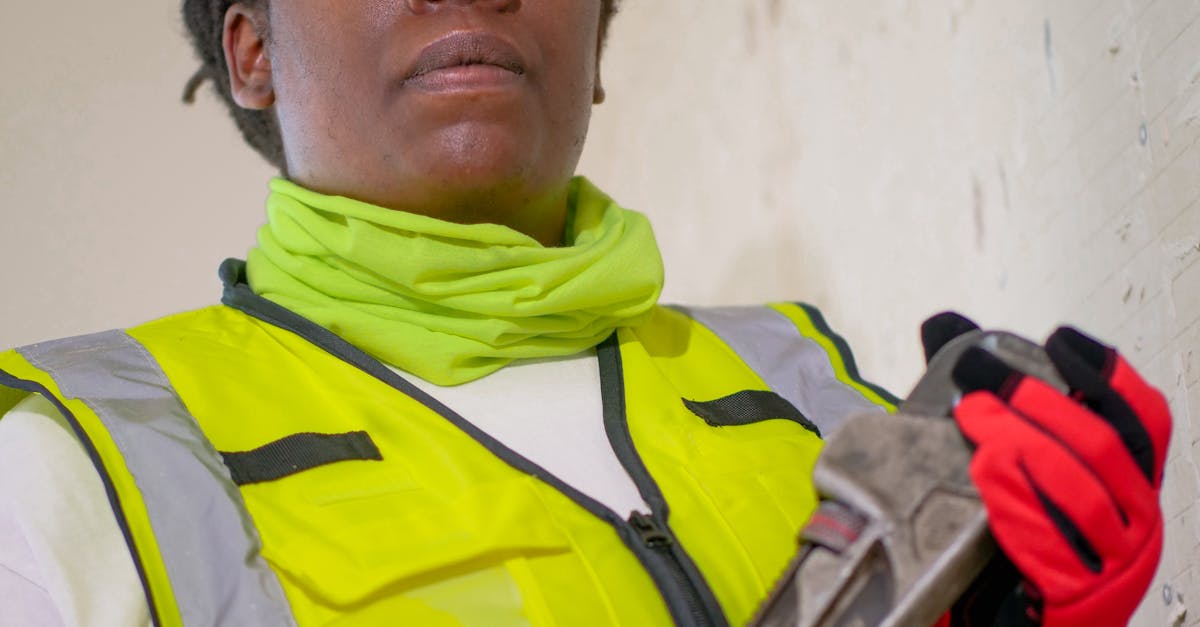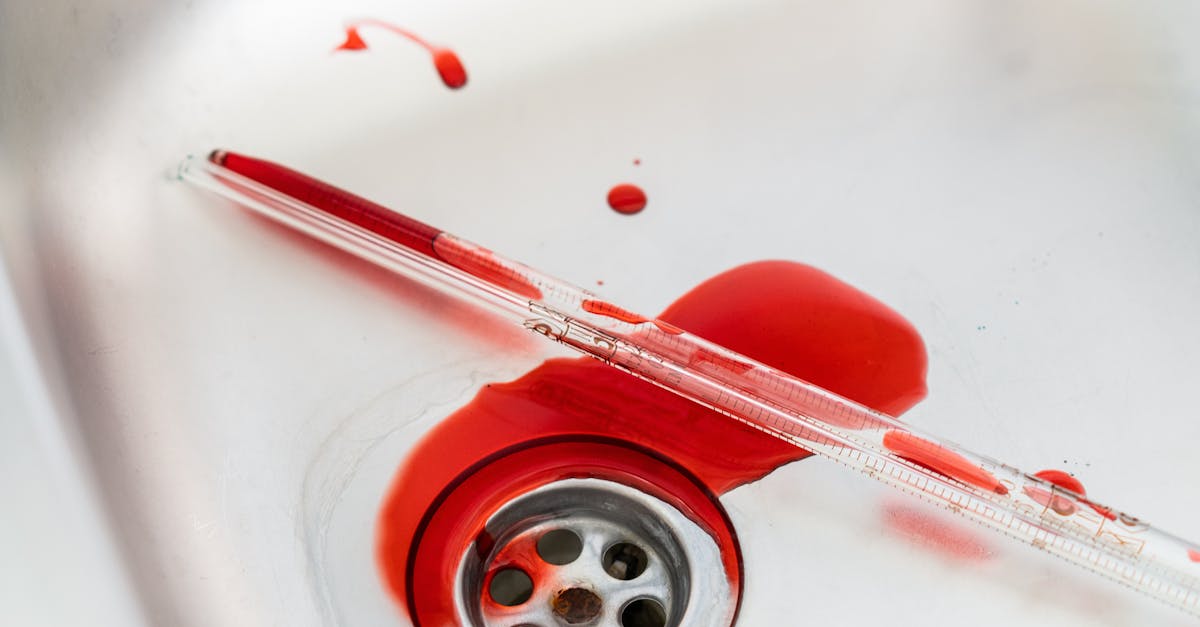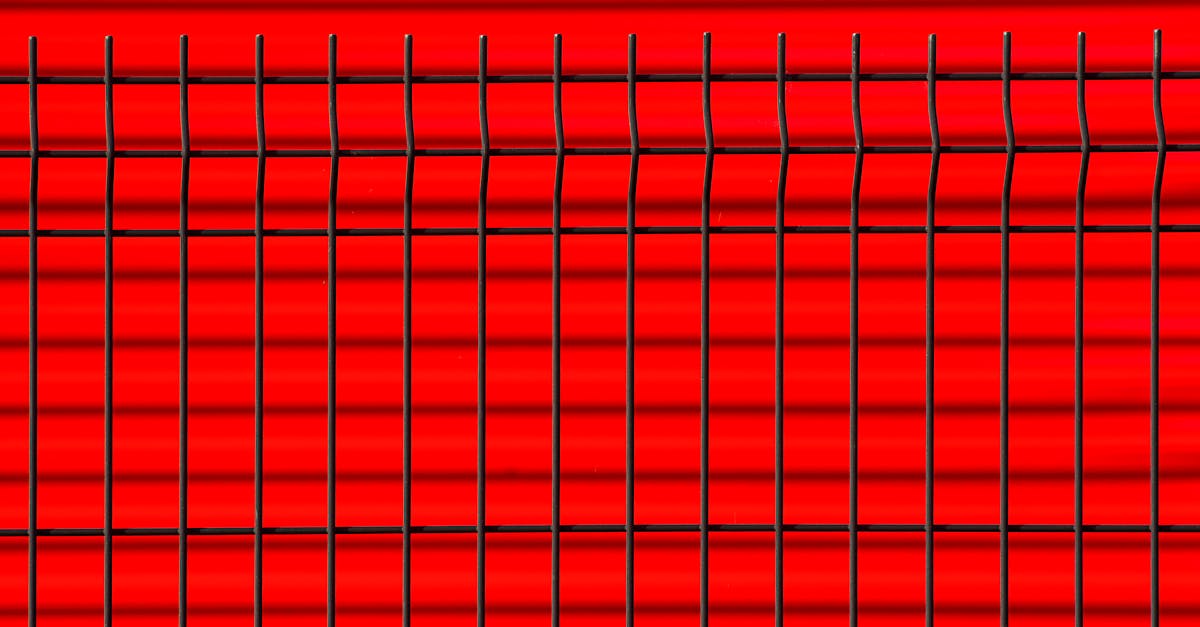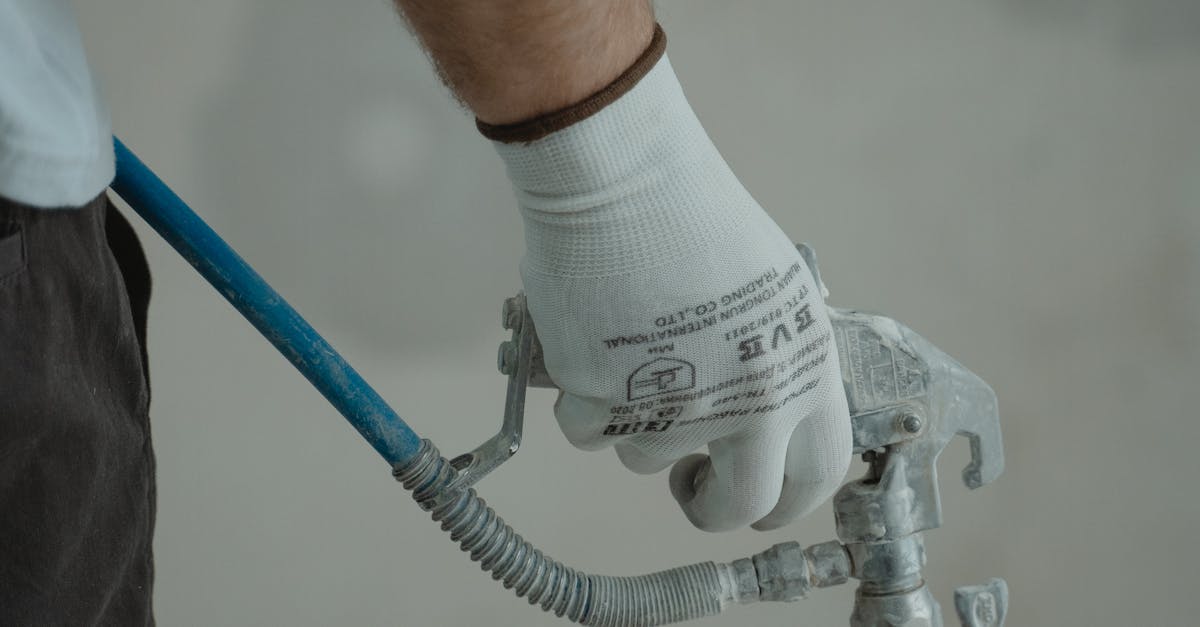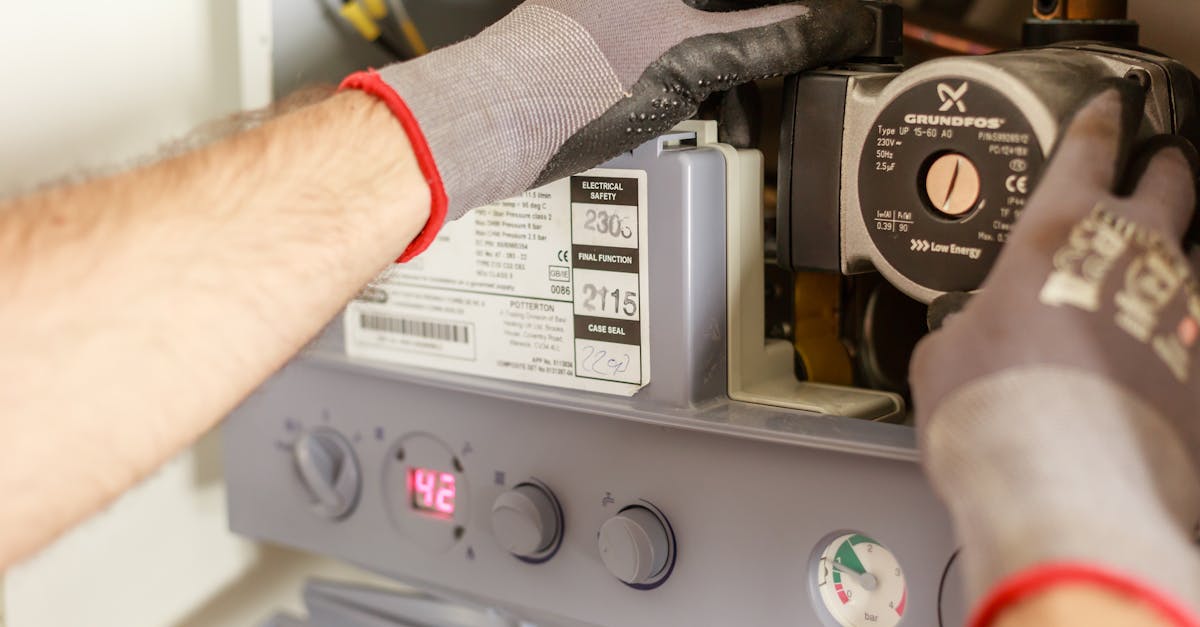
Table Of Contents
Common Mistakes to Avoid
One common mistake during toilet installation and repair is the use of excessive sealant. While it may seem like a way to ensure a watertight barrier, too much sealant can create a messy situation. The excess might ooze out from beneath the toilet, attracting dirt and making future maintenance difficult. It's essential to apply just the right amount for an effective seal without overwhelming the area.
Another pitfall occurs when the toilet is not properly centred over the wax ring. Misalignment can lead to leaks and uneven pressure on the seal, ultimately compromising its effectiveness. Taking the time to check and adjust the toilet’s position before securing it can save significant hassle down the line. Always ensure that the toilet is level to prevent any potential issues related to seal integrity.
Pitfalls in Sealing Techniques
When tackling toilet installation and repair, one common pitfall is the use of excessive sealant. Many individuals believe that applying more sealant will create a better barrier against leaks. However, this excess can lead to issues, such as trapping moisture and promoting mould growth. Moreover, it may hinder the ability to remove the toilet in the future, complicating repairs or replacements.
Another mistake often observed is neglecting to properly clean the flange area before sealing. Debris, old wax, or sealant remnants can prevent the new seal from adhering correctly. This oversight can result in leaks or an unstable toilet. Ensuring a clean and level surface is essential for effective sealing. Taking the time to prepare the area thoroughly can save time and effort down the track.
Ensuring a Proper Fit
Achieving a proper fit during toilet installation and repair is crucial for preventing leaks and ensuring stability. Begin by carefully positioning the toilet on the flange. Make sure it sits evenly, without any rocking or wobbling. An uneven toilet may lead to gaps that compromise the seal, resulting in leaking water. Use a level to check for alignment, adjusting as necessary to create a secure foundation.
Once the toilet is in place, it is essential to tighten the bolts evenly. Over-tightening can cause the porcelain to crack, while under-tightening may lead to instability. After tightening, reinvestigate the alignment and stability of the toilet. A properly fitted toilet not only enhances its functionality but also contributes to a longer lifespan and reduced risk of repair needs in the future.
Checking Toilet Alignment
Achieving correct toilet alignment is crucial for a successful installation. Improper positioning can lead to leaks and uneven pressure on the wax seal. Before sealing the toilet base, ensure the bowl sits evenly on the flange. An easy method to check alignment involves looking down the length of the toilet to see if it is parallel to the wall or other bathroom fixtures. This visual inspection can help identify any noticeable misalignments that need rectifying.
Additionally, it’s important to verify that the toilet is stable and level. A level tool can assist in determining whether adjustments are necessary. If the toilet rocks or shifts, it may compromise the integrity of the wax seal, leading to potential water damage. Taking the time for proper toilet installation and repair not only ensures functionality but also provides peace of mind regarding long-term performance.
Maintenance Tips
Regular maintenance is essential for keeping the toilet seal in good condition. Inspect the area around the base for any signs of moisture or damage. If you notice any leaks or water pooling, it’s crucial to address the issue immediately to prevent further problems. Clean the surface of the seal periodically to remove any debris that may compromise its integrity.
Performing periodic checks as part of toilet installation and repair ensures that everything remains intact. Tightening the toilet bolts can help maintain a secure fit, preventing movement that could lead to deterioration of the seal over time. Ensure the floor around the toilet is dry and free from corrosion, as these factors can contribute to wear and tear on the sealing material.
Keeping the Seal Intact
Maintaining the integrity of the seal around the toilet base is essential for preventing leaks and water damage. Regularly inspecting the area for any signs of wear or deterioration can help you stay ahead of potential issues. If you notice any cracks or gaps in the sealant, it's important to address them promptly to avoid more significant plumbing problems down the line. Prevention is key, and a little bit of attention can go a long way.
Toilet installation and repair often requires regular upkeep to keep everything functioning correctly. Cleaning the area surrounding the toilet carefully ensures that dirt and grime do not compromise the seal. Avoid using abrasive cleaners that could damage the sealant. Instead, opt for gentle cleaning solutions that effectively remove buildup without causing harm. Regular maintenance checks can extend the lifespan of the seal and keep your bathroom in top shape.
FAQS
Why is it important to seal a toilet base?
Sealing a toilet base helps prevent leaks, which can lead to water damage and mould growth. A proper seal also keeps the toilet securely in place, ensuring stable and reliable use.
What common mistakes should I avoid when sealing a toilet base?
Some common mistakes include using too much or too little sealing material, failing to properly clean the area before application, and not allowing sufficient drying time for the sealant.
How can I ensure a proper fit when sealing my toilet?
To ensure a proper fit, make sure the toilet is level and aligned with the floor. Check for any obstructions and use a wax ring or seal that is appropriate for your specific toilet model.
How do I check if my toilet is properly aligned?
You can check toilet alignment by visually inspecting it to see if it sits straight on the floor and doesn't wobble. A level can also be used for a more accurate assessment.
What maintenance tips can help keep the seal intact?
Regularly check for signs of leaks or wear around the toilet base, clean the area gently to avoid damaging the seal, and ensure that the toilet remains secure and level to prevent stress on the seal.
